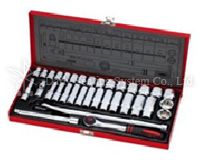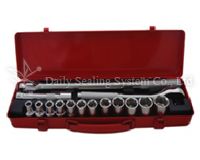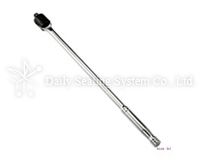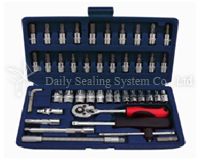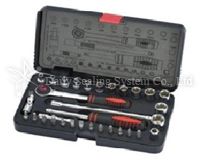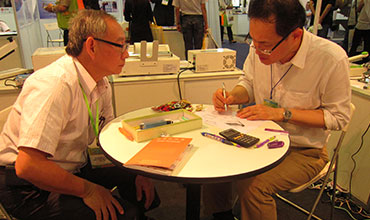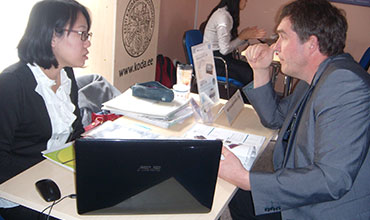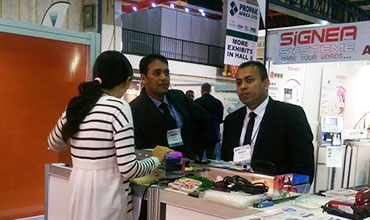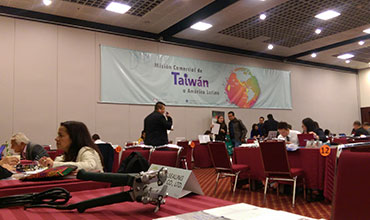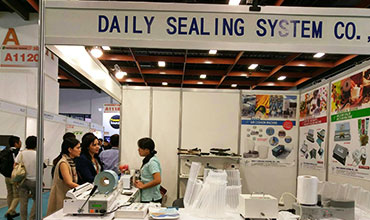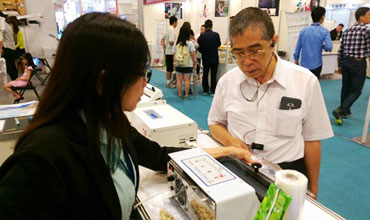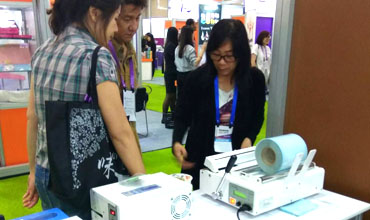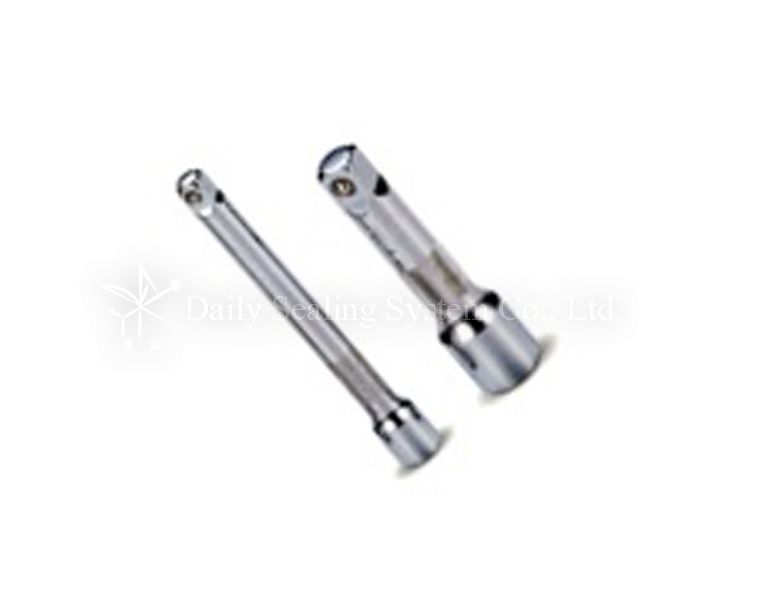
- Detail
CHRME VANAIUM
| Material: | STAIN FINISH / MIRROR / WITH KNURLED |
| Contents: | DRIVE METRIC SIZE |
| 1/4"DR 50-75-100-150 MM | |
| 3/8"DR 75-150-250 MM | |
| 1/2"DR 75-125-150-250 MM |
Specification
You May Also Like
Why Choosing Dailysealing
Parts and material quality control
- Heating elements are from Japan.
- Motor, Transformers, PCB and vacuum bags are made in Taiwan.
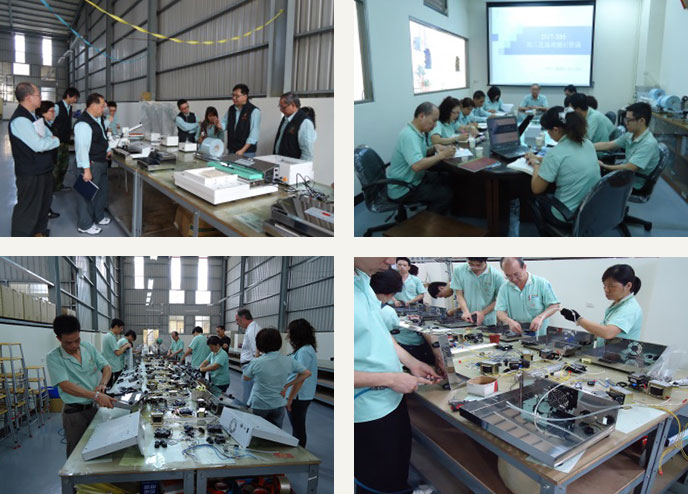
Strict quality control
- 100% product inspection: The inspection is included functions and appearance of sealing machines.
- Tensile strength test to ensure the sealing line tensile strength value reaches the customer standard.
- Electric leakage test: Puncture and insulation test.
- Our production and inspection are all based on ISO 9001.
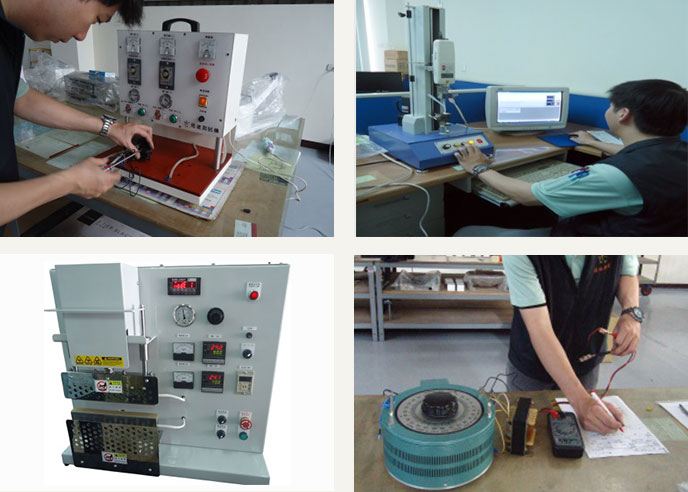
Professional packaging and sealing machine factory
- Produce many kinds sealing machines and ODM/OEM products and provide custom-made services.
- More than 30 year experiences in packaging machines industry.
- Sell sealing machines to America, Europe, Latin America and Asia.
- 85% products in stocks, so we can deliver the products quickly.
- The production process is based on SOP to ensure the quality of sealing machines consistently.
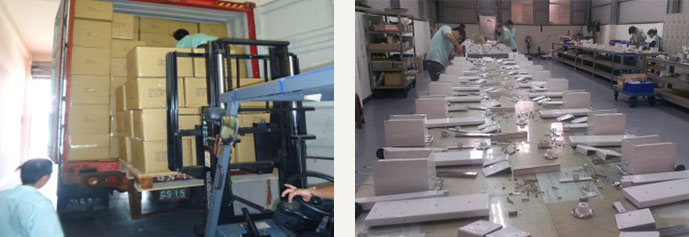
Complete range of specifications of sealing machines
- Complete range of specifications of sealing machines.
- Many kinds of sealing machines and consumptive materials in stocks, so customers can do one-stop shopping here.
- The customers include Biotechnology companies, Medical equipment companies, Food industry, Electronics industry, Handmade soap industry and other industry..
Custom-made sealing machine service
- Custom-made sealing machine service
- Designs of the special sealing machine for irregular shape sealing line, such as U-shape sealing line and L-shape sealing line.
- Different width of sealing line could be custom-made to meet customer requirements.
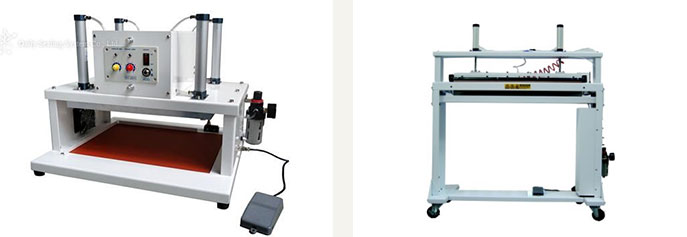
After-sales service of professional sealing machine
- Provide the professional service for repair the broken sealing machine immediately.
- The sufficient supply of parts stock, so don’t worry about the parts replace.
- Some parts of sealing machine are used in common specifications, so it is easy to get the parts for replace.
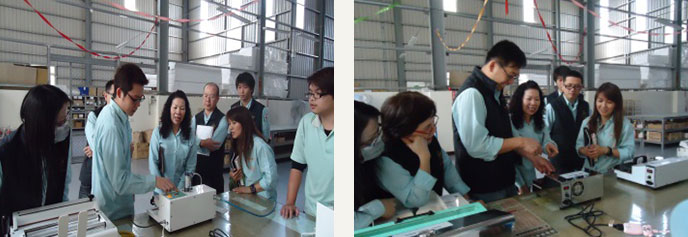
Exhibitions and trade shows
News
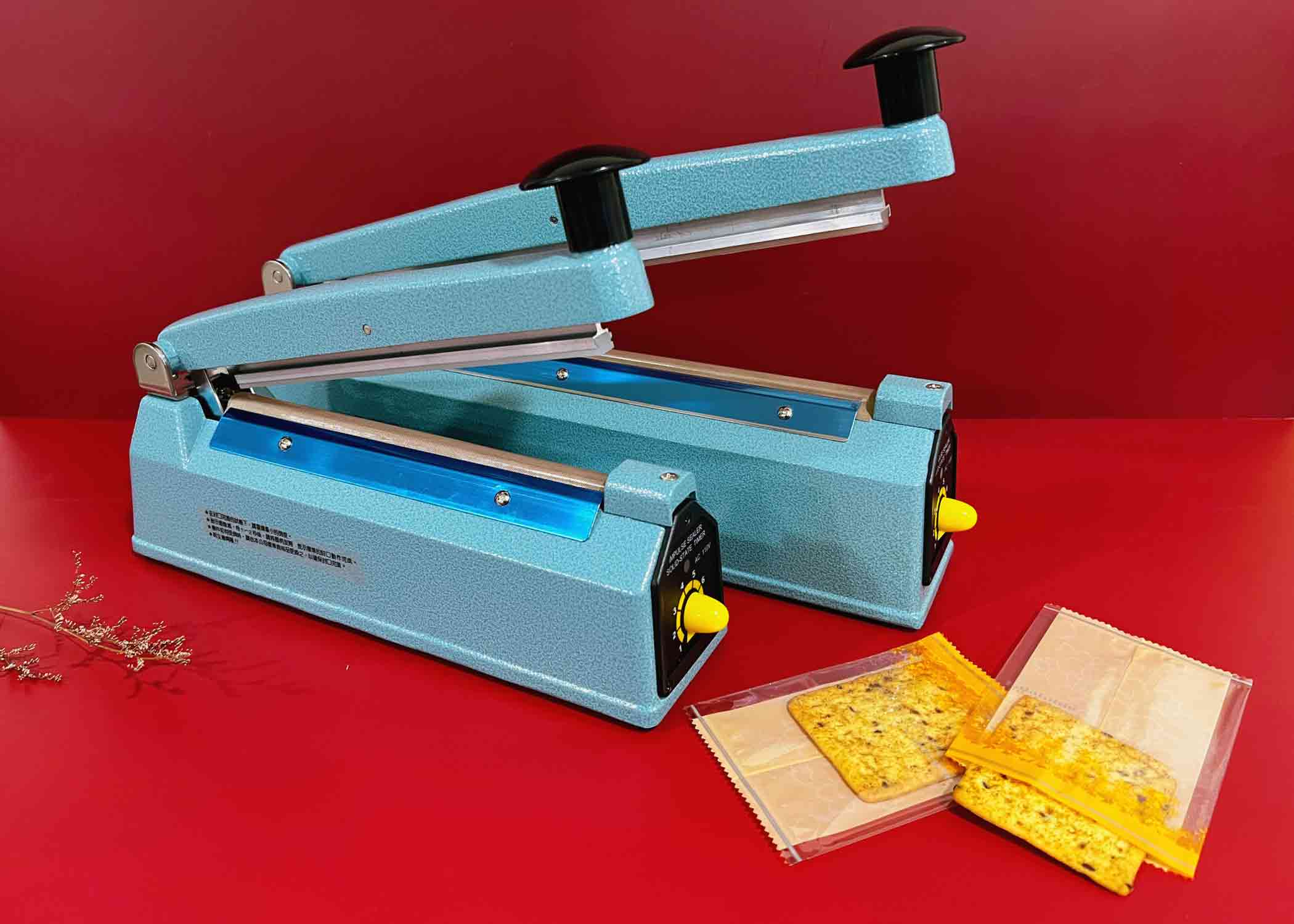
2024/7/5
Q&A How to make the sealing line of the impulse sealer even and beautiful?
Q&A How to make the sealing line of the impulse sealer even and beautiful? Q: Users often want to know why the sealing line is crooked and thin, rather than the flat and complete 2mm or 5mm wide sealing line tested by the manufacturer. A: The key point
is cooling time. For impulse sealers, whether hand type or foot-operated type, both the sealing and cooling time are manually controlled. In order to shorten the package time, many users will ignore the cooling time directly. As soon as the heating time is
up and the heating light goes off, they release the handle or foot pedal. This will result in uneven sealing lines. Q: How long does the cooling time need to be? A: It is recommended to refer to the sealing time. If the heating time is longer, the cooling
time should be increased accordingly, but not necessarily in a proportional manner. It still needs to be tested. Based on the experience, if using regular bags and the sealing time is not set for a long time, it is recommended that customers press for an additional
1 second after the heating light goes off (the editor usually counts to 3 in their mind) before releasing the handle or foot pedal. Q: If I don't care about the appearance of the sealing line, can I ignore the cooling time? A: It is still recommended to
have some cooling time. A complete sealing line is not only visually appealing to customers, but the most important, it ensures the bag is securely sealed. The impulse sealer uses heat to stick the bag mouth and seal it tightly, and then cools the sealing
line by pressing the bag. This is how the sealing line can be both firm and smooth. Without cooling time to cool the sealing line, the sealing line of the bag mouth may be thin and easily melt and break, which could lead to bag rupture and increase the workload
instead.
MORE
.png)
2024/6/21
FAQs (Frequently Asked Questions) about vacuum packaging
FAQs (Frequently Asked Questions) about vacuum packaging Vacuum packaging is currently a trend, and recently, many users have purchased vacuum sealers or vacuum bags, generating a lot of questions. Here are answers to the most commonly asked questions:
1. Which vacuum sealer is suitable for me? A: There are many vacuum sealers on the market, and it is not easy to choose a suitable vacuum sealer. I have previously written about "How to Choose a Vacuum Sealer". Those with questions can refer to it for
getting more information. "How to choose a vacuum sealing machine", please check the following website address. *Nozzle type vacuum sealer: https://www.dailysealing.com/news_detail.aspx?seq=1116 *Non-nozzle type vacuum sealer: https://www.dailysealing.com/news_detail.aspx?seq=1115
*Chamber vacuum sealer: https://www.dailysealing.com/news_detail.aspx?seq=1114 2. Why can't I use PE bags for vacuum packaging? A: Due to the density of the bag material. Even after air is removed and sealed, air can still seep back into the bag. Therefore,
after packaging, if left alone for a period of time, the vacuum effect will be lost. 3. What type of bag material is suitable for vacuum packaging? A: The most common vacuum bag materials are nylon (NY) bags and aluminum foil bags. Both of these materials
can prevent air from seeping back into the bag and maintain a vacuum state inside the bag. 4. Why can't I maintain a vacuum effect even after using vacuum bags? A: If you have confirmed that you are using vacuum bags, you can first check if the seal
is defective. Some vacuum bags are too thick and require a longer sealing time, such as foldable bags (tea bags), which have four layers. If the seal is confirmed to be perfect, check if there are any holes in the vacuum bag. When vacuuming, the bag will adhere
closely to the contents. If the contents have sharp edges, it is possible to puncture the bag and lose the vacuum effect. 5. Many users who have bought vacuum sealers or vacuum bags are confused when they find that they can't remove the air from flat
vacuum bags. What should they do? A: This is because they have purchased a vacuum sealer without a nozzle. The non-nozzle type vacuum sealers have to use the special vacuum bags (channel bags, embossed bags and gusset bags) to remove air, so if users use flat
vacuum bags, they will find the vacuum sealer and vacuum bag can't work. 6. If someone accidentally purchases a non-nozzle vacuum sealer (such as FOODSAVER), what types of vacuum bags can they use? A: The following types of vacuum bags can be used:
(1) Vacuum sealer embossed bags (vacuum channel sealer bags): vacuum bags with straight stripes. (2) Fold-over bags: such as tea bags with two sides folded in to become a four-layer bag. (3) Back-sealed bags: vacuum bags with one side flat and the
other side with an additional spine. Remember to choose aluminum foil bags and nylon bags as the material for vacuum bags. 7. What is the difference between a vacuum flat bag and a vacuum striped channel sealer bag? A: A vacuum flat bag is like a regular
plastic bag with both sides being flat are smooth, but the material of a vacuum flat bag is made of nylon (NY) or aluminum foil. A vacuum channel sealer bag has one flat smooth side and the other side has straight stripes. 8. Why can a vacuum channel
sealer bag be used with a Non-nozzle vacuum sealer? A: The key is in the straight stripes of the vacuum channel bag. The structure of a Non-nozzle vacuum sealer requires a straight stripe to create a channel for the air inside the bag to be removed. If the
stripes are too shallow, it may still be unable to vacuum out the air.
MORE
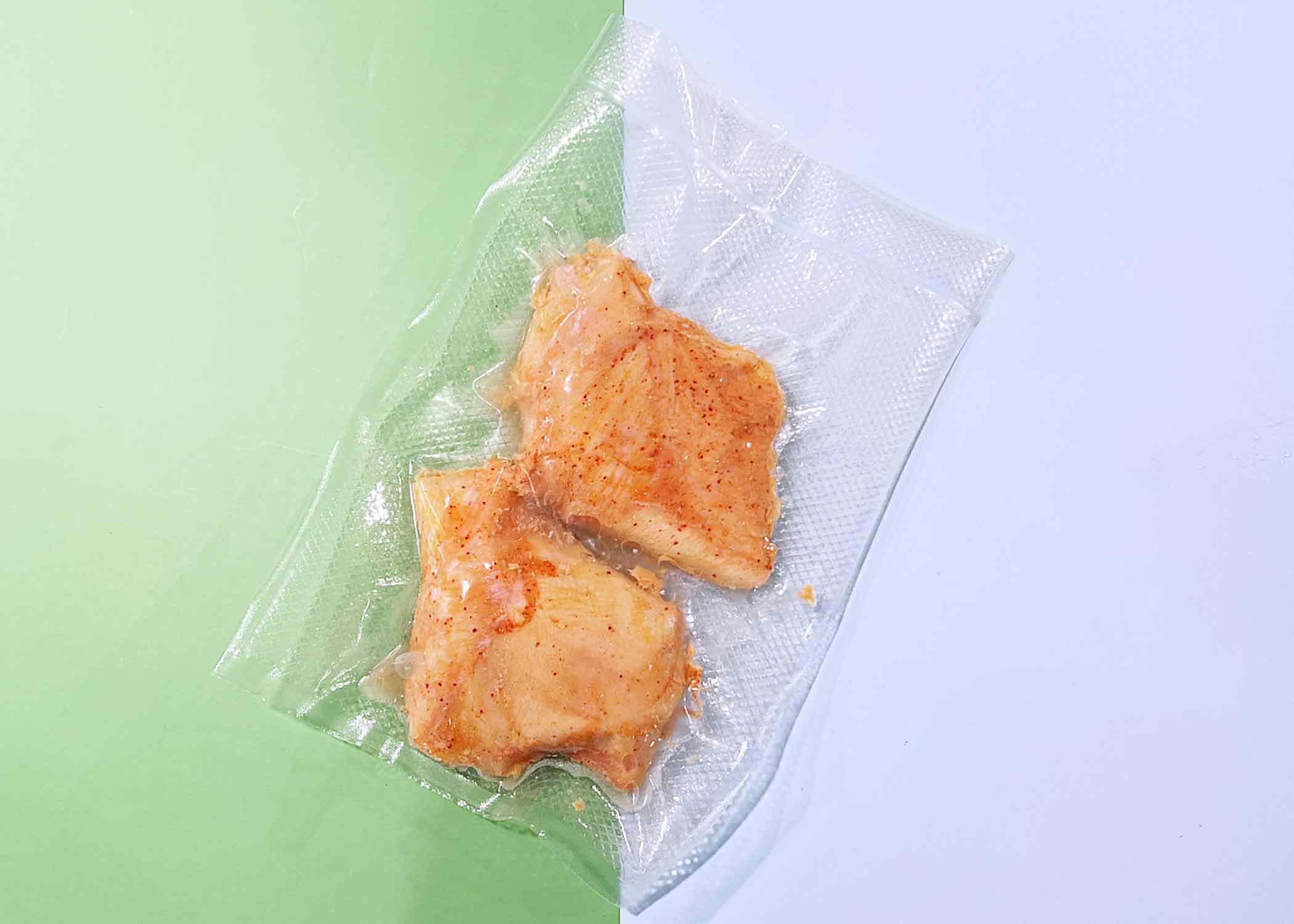
2024/12/6
The Magic of Vacuum Marinading: The Secret to Locking in Deliciousness
The Magic of Vacuum Marinading: The Secret to Locking in Deliciousness ◆The Principle of Vacuum Marinading Vacuum marinading reduces the air in the bag, accelerating flavor absorption. By creating a vacuum, the pressure drops, opening the food's cellular
structure for deeper marinade penetration. This method allows you to achieve marinated results in just thirty minutes compared to several hours with traditional methods. ◆Benefits of Vacuum Marinading Shortened Marinading Time: Achieve flavor infusion
in just thirty minutes. Enhanced Flavor Depth: Deeper penetration means richer flavors with less seasoning. Preservation of Freshness: Removes oxygen, reducing oxidation and retaining nutrients. Extended Shelf Life: Vacuum-sealed food lasts longer, making
it perfect for meal prep. ◆Vacuum Marinading Meat Recipe: Honey Garlic Chicken Breast *Ingredients: 2 chicken breasts 2 tablespoons honey 3 cloves garlic (minced) 50ml soy sauce ½ teaspoon black pepper 1 teaspoon rosemary *Instructions: Combine chicken,
honey, garlic, soy sauce, pepper, and rosemary in a vacuum bag. Vacuum seal and refrigerate for 30-40 minutes. Cook by pan-frying, baking, or air-frying until golden and tender. ◆Vacuum Marinading Fruit Recipe: Plum-Infused Tomatoes *Ingredients: 300 grams
cherry tomatoes 3 tablespoons plum sauce (or plum powder) 1 tablespoon lemon juice 50ml water *Instructions: Mix tomatoes with plum sauce, lemon juice, and water in a vacuum bag. Vacuum seal and refrigerate for 30 minutes. Serve directly as a refreshing snack
or salad addition. ◆Conclusion Vacuum marinading enhances efficiency and preserves the flavor and nutrition of your ingredients. It’s a quick and effective way to enjoy delicious, flavorful meals with minimal effort!
MORE

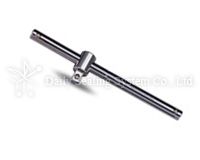
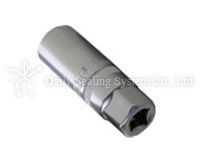
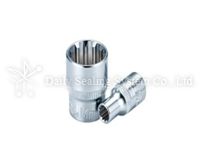
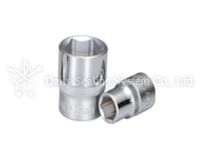
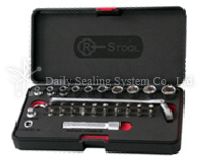
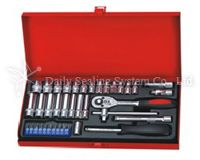
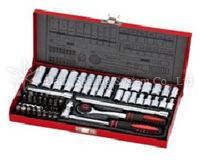
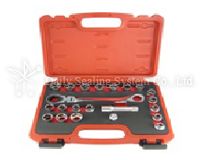
_1.jpg)
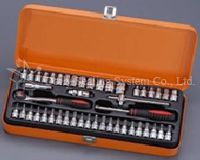
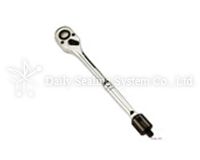
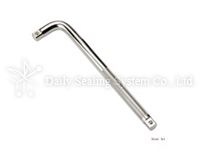
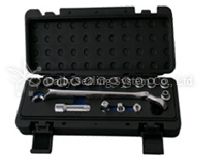
_1.jpg)
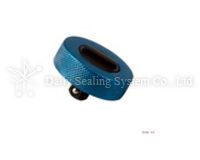
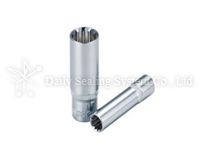

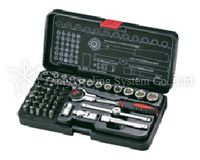
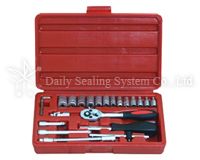
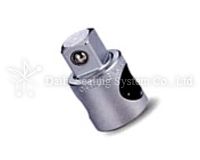
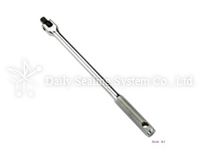
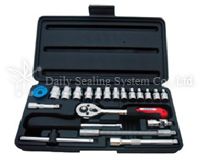
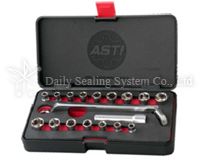
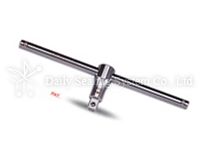
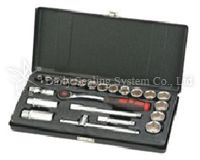
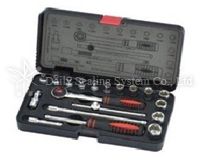

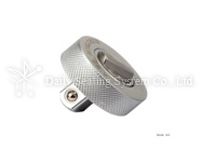

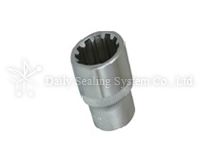
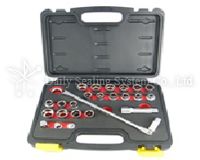
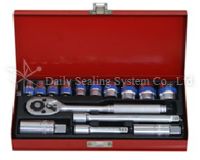
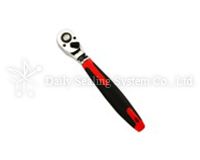
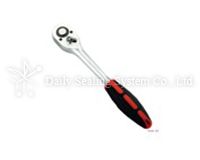


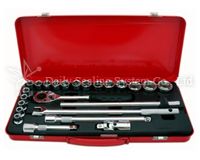
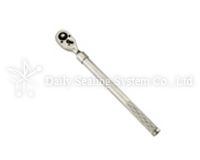
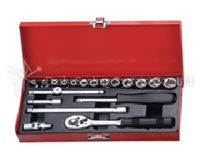
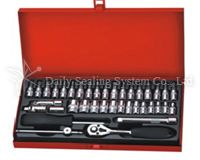
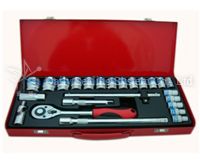
_1.jpg)
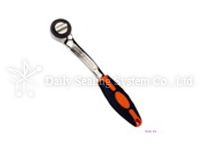
.jpg)

